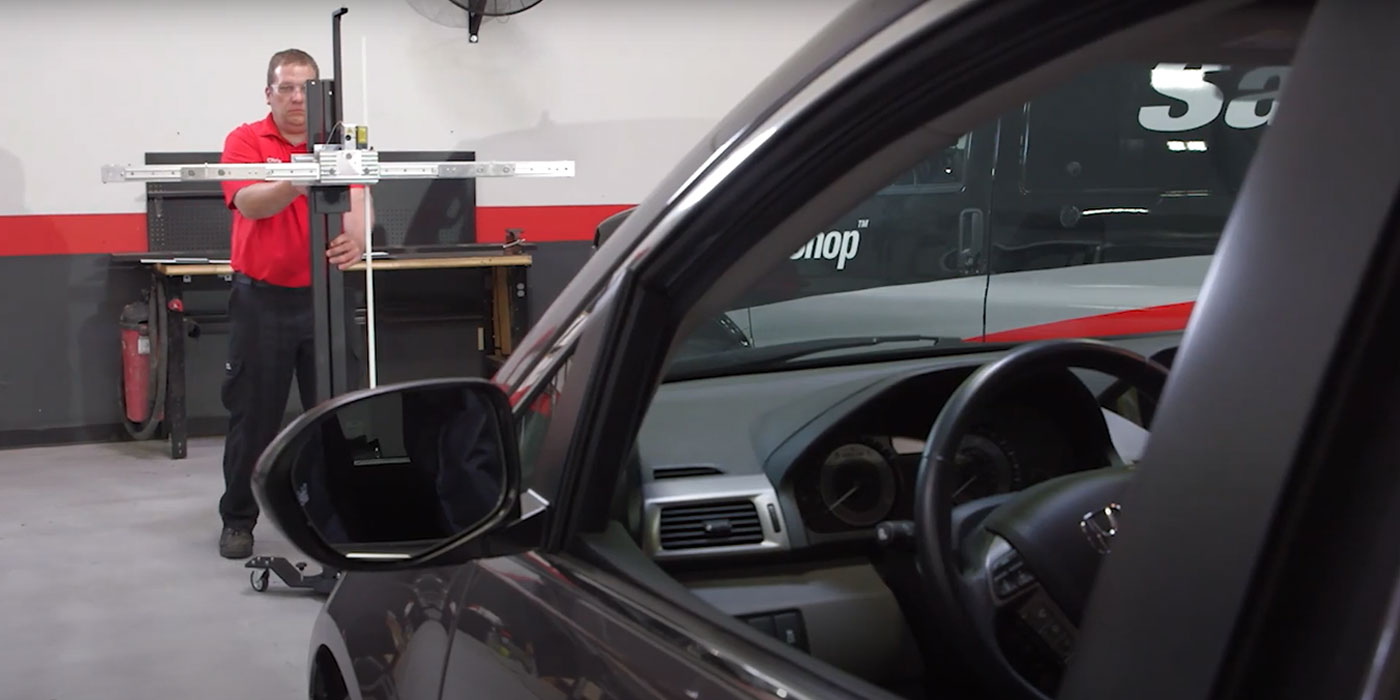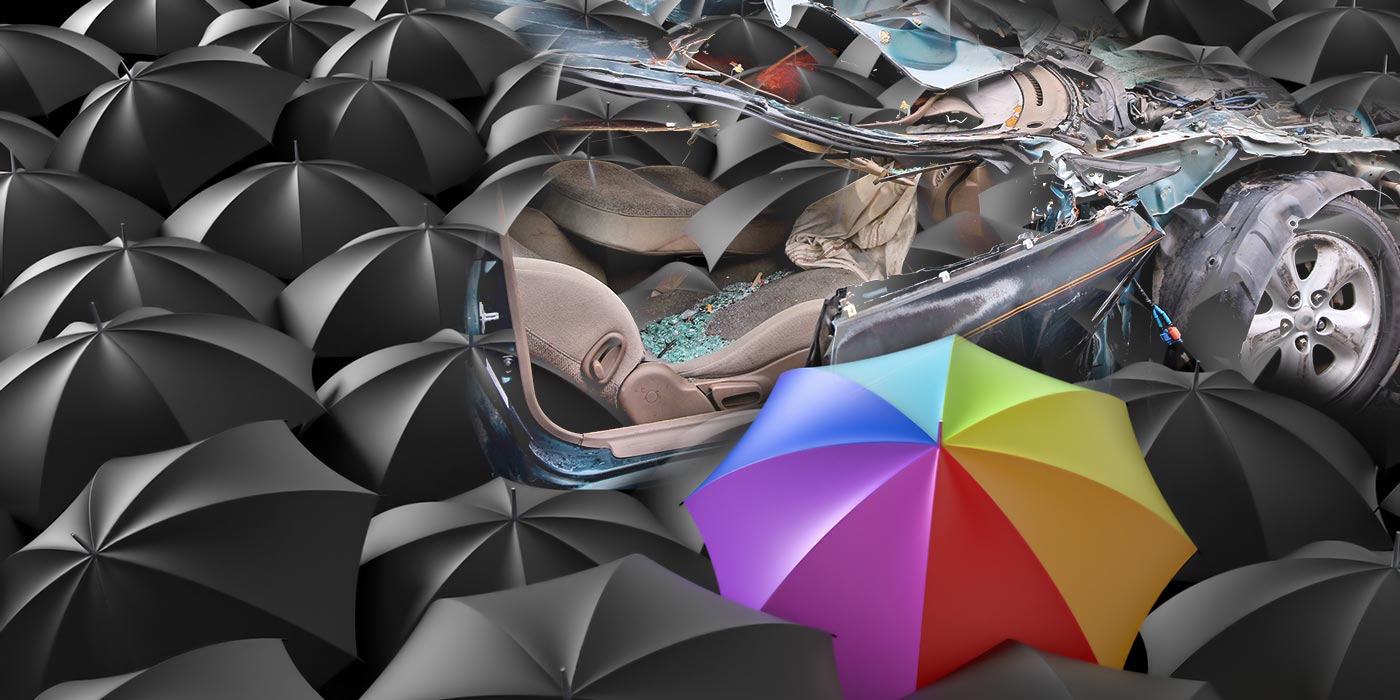Many collision repairers have had demands placed upon them by insurers, and they often believe they must comply. However, when asked why they believe this, few of them can give good answers.
Insurers often demand such things as:
- Copies of pre- and post-repair scan reports
- Copies of internal documentation (i.e. parts and service invoices)
- Photos of performed procedures (set-up, wet-sand and polish, etc.)
- Pre-pulls and other questionable demands
- That a shop cease repair
- That repairers acquire replacement parts from the insurer’s specific listed providers
- That repairers perform repairs per the insurer’s chosen methodology.
A Gamble
Generally, the only pre-planning consumers do to prepare for a potential auto damage claim is to purchase insurance. Insurance is an interesting purchase, as we buy it hoping we never need it. We buy insurance as a safeguard should something unexpected occur and to be prepared … but as consumers, are we truly prepared?
The purchase of insurance is like gambling against yourself that you’re going to need it one day. Insurers sell insurance gambling that you won’t need it … but when you do need it, insurers are trained, experienced and amply prepared to settle claims. Consumers, on the other hand, generally don’t know what to do or how to go about handling a claim. As such, they often rely on others — such as the agents who sold them their policies — to guide them in their times of need.
Insurers will gladly assist the unwary consumer in his or her time of need and lend advice such as where to go for the repair as well as what parts, labor and materials will be needed. They’ll even go so far as to try and dictate how the repair is to be performed. The only concern here, however, is that insurance companies don’t perform repairs, and they don’t shoulder the liability for incorrect and/or insufficient repairs; the repairer does. After all, insurers are nothing more than financial institutions that are supposed to be there in one’s time of need to shoulder and lessen the financial burden and offer peace of mind.
It doesn’t take an economist to know that the less the insurer spends on a repair, the more money it retains and the greater profits it earns. A little research will show that auto casualty insurers are very profitable. So profitable, in fact, that they spend literally billions a year in advertising convincing consumers they’re like good neighbors and that it’s so easy a Neanderthal could do it.
What to Know
When purchasing auto insurance for my vehicles, I would want to know the following:
- Reviews: what are others saying about their claims experience and service with the company?
- Where does the insurer rate on the AM Best ratings?
- Are only OEM parts to be used — at no added cost to me?
- Do I have the choice of repairer?
- What discounts are available (driver’s ed, accident/citation history, college, credit rating)
- Coverages (i.e. collision, comprehensive, liability, uninsured motorist, medical pay, etc.)
- Is towing and roadside assistance included?
- The amount of my deductible
- The annual premium I will be paying.
That list provides insight into what’s needed when purchasing auto insurance, but what does a consumer need to know when confronted with the many decisions he or she needs to make when requiring an auto body repair? Most consumers I’ve dealt with have little knowledge of collision repair or know how to navigate through an auto claim, be it a first-party claim (through their own insurers) or a third-party claim (someone else’s insurer is paying on behalf of an at-fault party). They also don’t know about the various types of parts (new OEM, aftermarket, salvage, reconditioned/recycled, etc.).
First Step
A wise man once said, “Never take advice on how to collect money from those that owe it to you.”
The first step is to seek out a quality-oriented collision repair facility that can solve your repair problems. The best way to do so is to ask friends, family and colleagues. The last place I would seek advice would be from my insurer or insurance agent, as they have a vested interest in keeping the cost of repairs down and, quite frankly, I wouldn’t care how much the cost of repairs were so long as my ( as well as my family’s) safety and economic well-being were being protected and I didn’t have to pay for them, of course.
I would check online reviews of local repairers to narrow down my search based on others’ experiences. One thing I would definitely want would be a lifetime warranty for the performed repair and paint job. Once I had two or three candidates, I would then visit each of them, see their facilities and interview them to see if they provided me with the comfort and confidence I need to entrust them with my vehicle and my family’s safety and economic well-being. If my vehicle was safe to drive, I might ask the candidates for a damage assessment and estimate for the cost of repair. I would then review their recommendations to make sure the following were listed:
- Pre-wash the vehicle (this is required for a lifetime warranty by the paint manufacturer)
- Pre-clean the panels to be refinished (and blended), including removal of waxes, road tar and paint coatings (i.e. Teflon, ceramic coatings, etc.) — also required for the lifetime warranty
- Pre-scan of onboard systems (to determine if diagnostic trouble codes (DTCs) exist)
- Set-up and perform three-dimensional measurement (if the possibility of unibody/structural/frame damages exist)
- A check of my onboard safety systems (seat belts, supplemental restraint system (SRS), advanced driver-assistance systems (ADAS), etc.).
I can assure you that I would not likely select the cheapest, as we all know that “cheaper is rarely better and better is rarely cheaper.” I would compare the estimates to see if they were all similar in their methodologies and likely select the one that was the most thorough and, as such, more costly. However, I would not base my choice on price alone.
With their assessments in hand and having spoken to each candidate, I would select the one that provided me with the most comfortable feeling regarding the appearance of the shop, the staff’s professionalism and the manner in which I was served. A follow-up by one or more after visiting them would be a good indicator of their professionalism and desire for my business.
Repairers’ Obligation
So, you ask, “What does this have to do with a repairer’s obligation to insurers?” Nothing, nada, zero, zip!
Unless your shop is part of a direct repair program (DRP) or you’re repairing an insurer’s vehicle, independent collision repairers have no obligations to insurers other than to treat them with the same level of courtesy as you would your customer’s friends and family members and others who might pay a visit to your facility (i.e. parts delivery, tow truck operator, rental car staff, etc.).
When under a contract to repair, you have a fiduciary, legal and moral obligation to your customer and his or her family to provide a safe and timely repair that restores the vehicle in safety, appearance, function and value to the best of reasonable human ability — all of which will help to restore your customer’s peace of mind. After all, this is what quality-oriented collision repairers do … or should strive for.
NOTE: It might be beneficial to provide this article to those consumers who are facing short-pay issues to help illustrate the repairer’s limits of obligations and responsibilities.
The average consumer must be educated and encouraged to become involved in a claim to know and assert his or her rights for a proper and thorough repair. Repairers can only help their customers by providing them and insurers with their professional expert opinions and explanations supported by proper documentation when available.
















